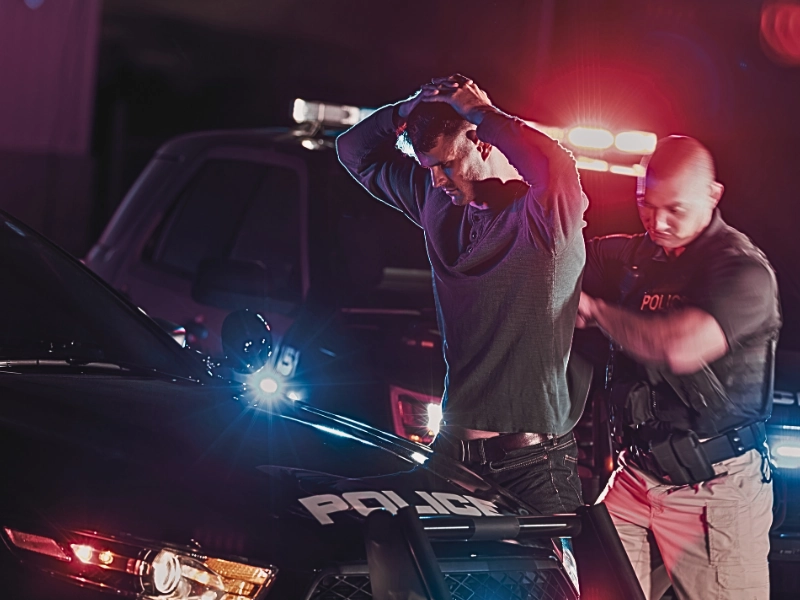A DUI charge in Minnesota has severe consequences, but steps can be taken to beat the charges or at least have them reduced. Driving under the influence of alcohol, drugs or other substances that impair your driving ability is illegal in all states. Some states refer to violations as DUIs, while others call them DWIs, but in either case, there are big consequences, including possible jail time.
(Article continues below infographic)
Table of Contents
Reducing or Eliminating DUI Charges
Drinking and driving is never a good idea under any circumstances. It can result in injuries, fatalities, property damages, loss of a driver’s license, huge fines, and increased insurance rates, not to mention the arrest. It only takes a few drinks to exceed the legal limit which is 0.08% blood alcohol content (BAC). If stopped on the road, it’s important for drivers to know how to protect their rights in a traffic stop.
Field Sobriety Tests
Although field sobriety tests are commonly administered in DUI stops, they are not always accurate indicators of impairment. Breath tests measure the amount of alcohol in the breath, then convert that number to determine the alcohol blood content (BAC). As a result, breath tests are susceptible to a variety of influences that cause inaccurate readings.
Probable Cause
Police officers must have probable cause to stop, detain, or arrest someone for a DUI. Officers must have a reasonable suspicion of criminal activity which may be prompted by a traffic violation, an observable safety violation, or a driving maneuver that indicates the driver may be intoxicated. Broken headlights or taillights, broken or cracked windows, darkly tinted windows, and loud exhaust pipes provide probable cause for a traffic stop. If a driver is stopped and the evidence doesn’t show probable cause, DUI charges may be reduced or dismissed.
Communication
If stopped, a driver should be courteous, but admit to nothing. Many divers become overly talkative and provide too much information due to stress or anxiety, but admitting to guilt can be held against the driver in court. Drivers are under no obligation to provide police officers with any information beyond that on their driver’s license, vehicle registration, and proof of insurance.






